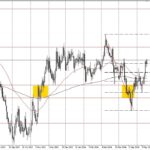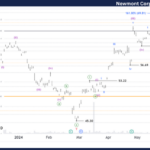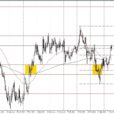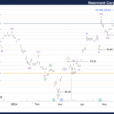

Markets work to surprise the majority of people, the majority of the time. This is because the average of everybody’s expectations is already embedded in price.
Nowhere is this more true, than in the currency markets. Consensus is the ultimate killer of currency trends. The chart above is a perfect example of this, where The Economist magazine cover marked the top of the US dollar bull market at the end of 2016.
The dollar has since fallen 15%. A move that hardly anybody was expecting.
This is why, when analyzing currencies, we need to adopt Percival’s rule of thumb and know “that expectations will be confounded.”
We often refer to the US dollar as the lynchpin of global markets. This is because global trade is done in dollars, commodities are priced in dollars, and the greenback is the world’s reserve currency and largest source of global funding… The path of the dollar affects nearly every other asset in some way, shape, or form. And if you can get a good handle on the dollar then you’ll have a good grasp on where commodities, emerging markets, and global liquidity are headed.
To start, here are the primary models I use to think about currencies in order to understand the driving narrative (currency markets are narrative driven) and supporting fundamentals.
. In this model, the US is the core and emerging economies are the periphery with other developed markets sitting in the middle. Long-term capital flows tend to cycle back and forth between concentration in the core, to strong flows to the periphery. The primary fundamentals of this model are relative growth numbers between the regions (ie, relative GDP growth and relative equity and bond market returns). When global growth is strong and broad-based, risk is perceived as low, so capital flows out from the core to the periphery. The opposite holds true for when risks are perceived as being high. Put simply, capital flows to where it’s believed it’ll be treated best (ie, earn the highest stable total return relative to perceived risk). The US, along with other DMs, receives a premium over the periphery.















